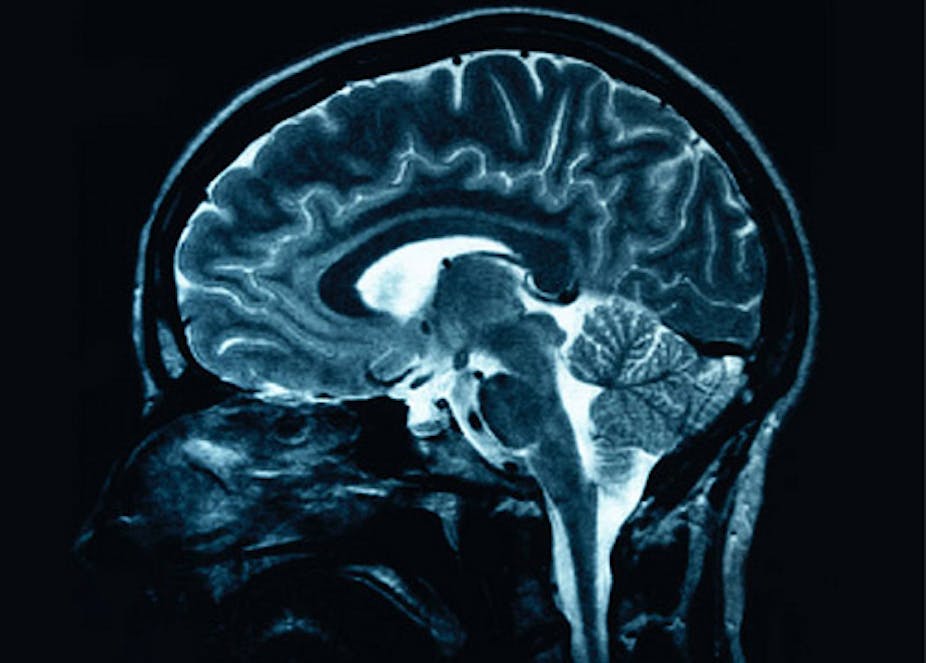The thought that most of us only use 10% of our brain is appealing because it means we have a whole lot of untapped potential waiting to be harnessed. Unfortunately, that figure is off by about 90%.
This myth has been variously (mis) attributed to William James, Albert Einstein, and even early neuroscience researchers.
While its exact origins are unclear, popular belief in this myth has persisted, and even strengthened, since the 1890s, despite the overwhelming evidence to the contrary.
In his book Mind Myths: Exploring Popular Assumptions About the Mind and Brain, neuroscientist Barry Beyerstein discusses seven kinds of evidence that refute the “10% myth”.
The most convincing of these involves the use of brain imaging.
There are numerous brain imaging techniques that allow us to see the activity of the brain, these include Positron Emission Tomography (PET) and functional Magnetic Resonance Imaging (fMRI).
These techniques have revealed that all parts of the brain show some level of activity, except in the case of serious damage.
For example, we recently conducted a PET study which required participants to do nothing, simply rest without ruminating on any one thought. This is known as a resting state study.
Even in this so-called “resting state” the brain scans revealed widespread areas of metabolic activity – far in excess of 10%.
The figure below is an individual PET scan at rest. We don’t see any black areas (which would indicate inactivity), so the entire brain is showing some level of activity.

It’s also possible to see the brain activity which occurs when someone is performing a task.
For example, our group used fMRI to look at the pattern of brain activity occurring when people are engaged in a complex problem – solving the task known as the Tower of London.
We saw increased activity in a number of areas: activity over and above what is seen in the brain when participants were not engaged in a task.

This type of imaging clearly shows our whole brains are always active, to some degree. When we are engaged in a task, specific areas of the brain will become more active, depending on the demands of that task.
A variation on the brain capacity myth is that we only use 10% of our brain at any one time, depending on the task we’re doing.
Yet even the seemingly simple task of tapping your finger on a desk requires brain power far in excess of 10% of your resting state.
Such a task involves coordinated activity from many areas, including the sensory and motor cortices, the occipital and parietal lobes, the basal ganglia, cerebellum and frontal cortex.
So how has the 10% myth managed to persist and even thrive?
One reason may be its popularity in books (Lest We Remember), film, (Limitless, The Lawnmower Man), television (Heroes, Eureka) and even self help literature (How to Win Friends and Influence People).
The myth is most often presented in popular culture as a hurdle to overcome; by harnessing the rest of our brain power we will be able to achieve amazing feats of intelligence, creativity and (apparently) telekinetic powers.
So it’s not surprising that people continue to believe it’s true.
But it’s not all bad news. The plasticity of the human brain is able to constantly reorganise itself, allowing us to develop new skills and abilities right throughout our life.
Share your thoughts below – where did you first hear the 10% myth? And are you surprised it’s not true?

